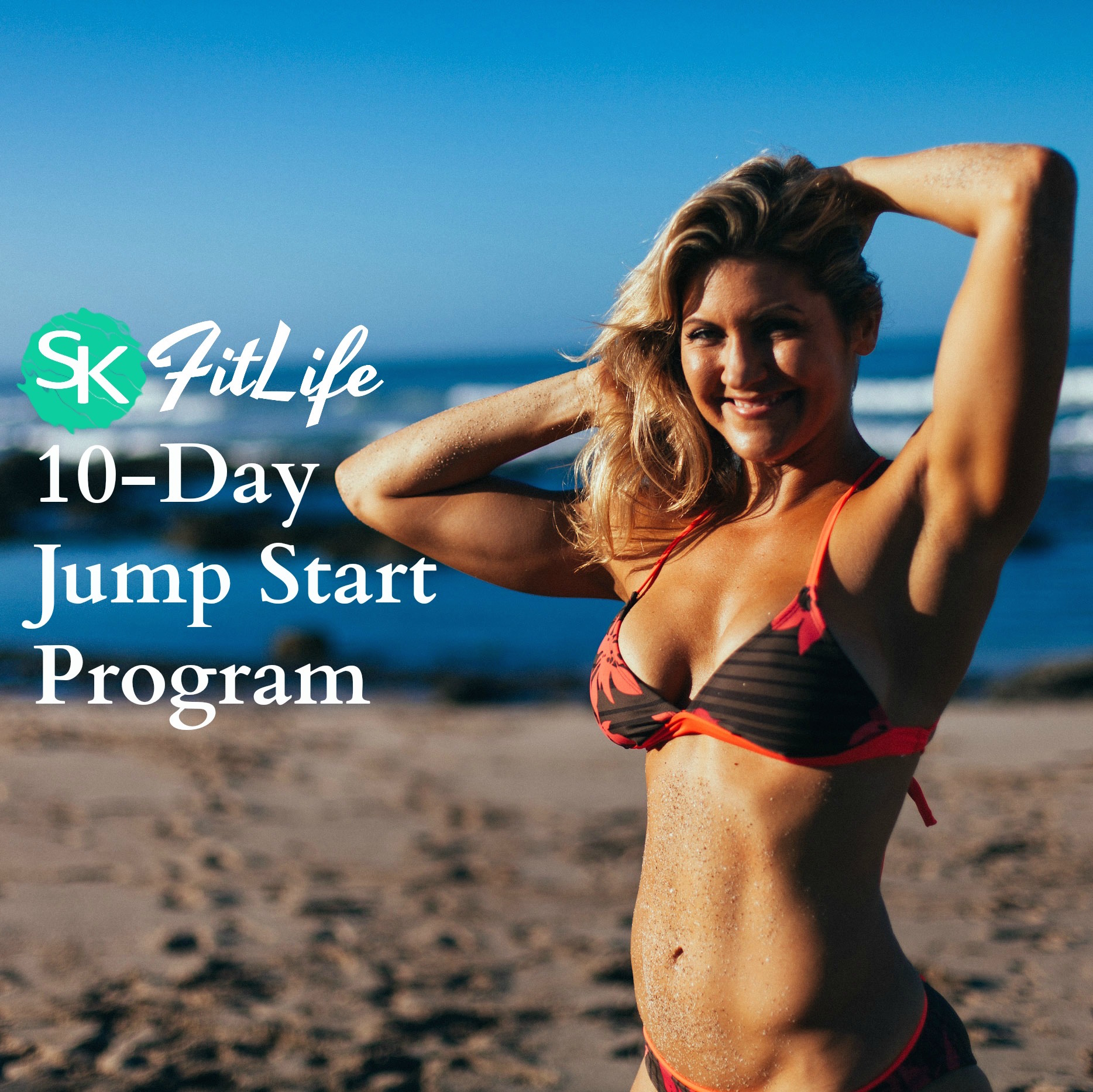Stand up paddleboarding (SUP) is the cool new thing. It’s a total body workout that’s more fun than it is strenuous, making it a great break in between HIIT workouts. Anyone who lives within spitting distance of a lake, river, pond, or ocean has surely seen the quintessential, picturesque silhouette of paddleboarder. They stand upright on a board the shape of an over-fed surfboard, methodically dipping a single paddle into the water. It’s a mythologically elegant sport.
Well, it can be.
It can also be a wobbly, highly-visible waterborne exercise in realizing just how unfit you really are. No one looks great when they’re lock-kneed and flailing a paddle over their head. Here are some tips to help you stay on the cool side of the paddleboard.
Dress Appropriately
Before you even get on the board, outfitting yourself with the right gear for the weather will start things off on the right foot. Contrary to popular belief, paddleboarding is in fact an all-weather sport. Well, it’s all-weather as long as the water hasn’t frozen over. Being prepared for wind-whipped waves and frigid water temps helps escalate your cool factor because, let’s face it, it’s hard to be cool when you’re sopping wet and shivering like a puppy.
Depending on whether you’re paddling on a mellow lake or on the open ocean, SUP expert Meredith Brandt recommends various levels of layering-up. Start with moisture-wicking poly base layers to keep your body dry. As the weather gets less hospitable, layer over that with a rash guard and neoprene layers for warmth. It’s not uncommon to see paddlers in neoprene booties, gloves, and even full dry suits when the weather is especially inclement.
Of course, when the temps are warm and the sun is shining, a swimsuit will do just fine. In that case just be sure you remember sun protection!
Master the Stance
The most common mistake that beginning paddleboarders make is to use the same stance as they would on a surfboard. Staggered feet will eventually cause you to lose balance, followed by the less-than-elegant flailing mentioned earlier. It might feel awkward at first, but when you stand on a paddleboard, keep your feet parallel to one another, about shoulder-width apart. The width and thickness of the board makes this stance by far the most stable. It will start feeling natural soon enough.
To get moving, place your top hand on the paddle’s handle grip and your other hand below it, keeping your lower arm straight. Take your first stroke by reaching forward from the shoulder and extending the paddle about four feet in front of your toes, or as far as you can comfortably reach. Dig the blade into the water, submerging the fin as completely as possible, and pull it through the water back to your feet. If you let the paddle drag any further back than your heels, you’re only wasting energy.
SUP is all about straight lines — take care not to arch your back and to keep your lower arm as straight as possible with little to no bend in the elbow.
To get the most power out of each movement, bend from the hips and use the extension of your back to propel the board forward through the water. Don’t strain yourself, but do push yourself. The resistance level provided by water exercise can be great for all ability levels, from athletes to people dealing with arthritis. At any strength level, the key to gaining power is to push just beyond your comfort level and listen to your body.
Paddleboarding into the Future
While SUP has gained massive popularity in the last decade, really it’s nothing new. It has roots in African warrior culture, South American hunting culture, and Polynesian recreational culture. When you’re on a paddleboard, you’re taking part in an activity that’s as human as it gets. Don’t worry too much about the clumsiness at the beginning. Just practice. And have fun.

